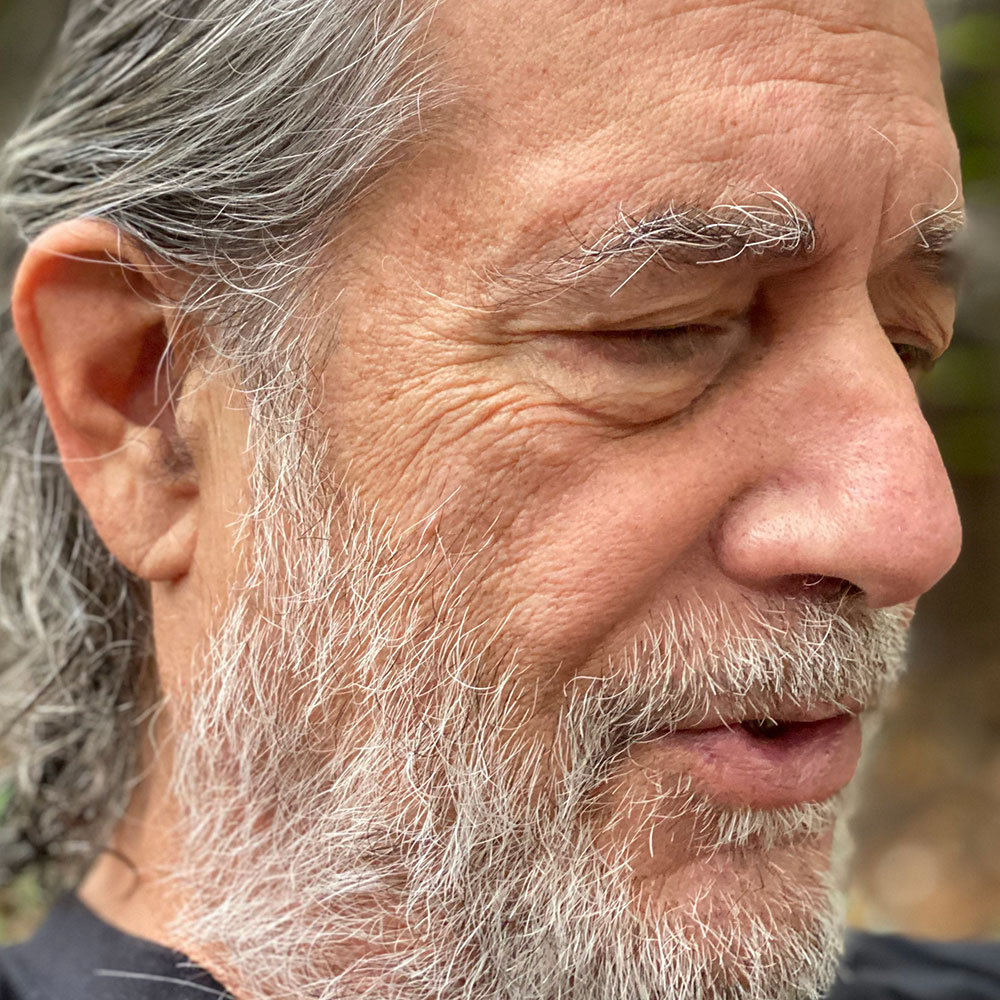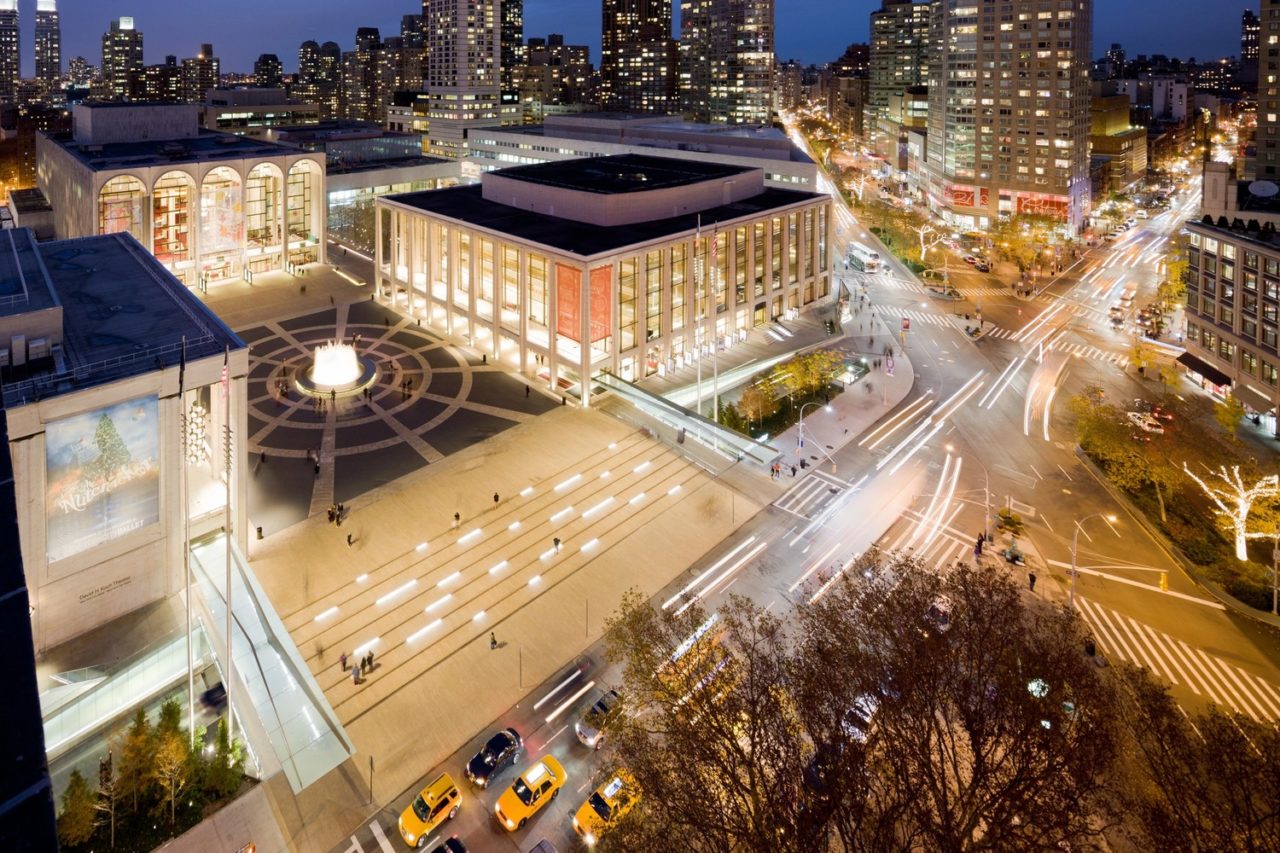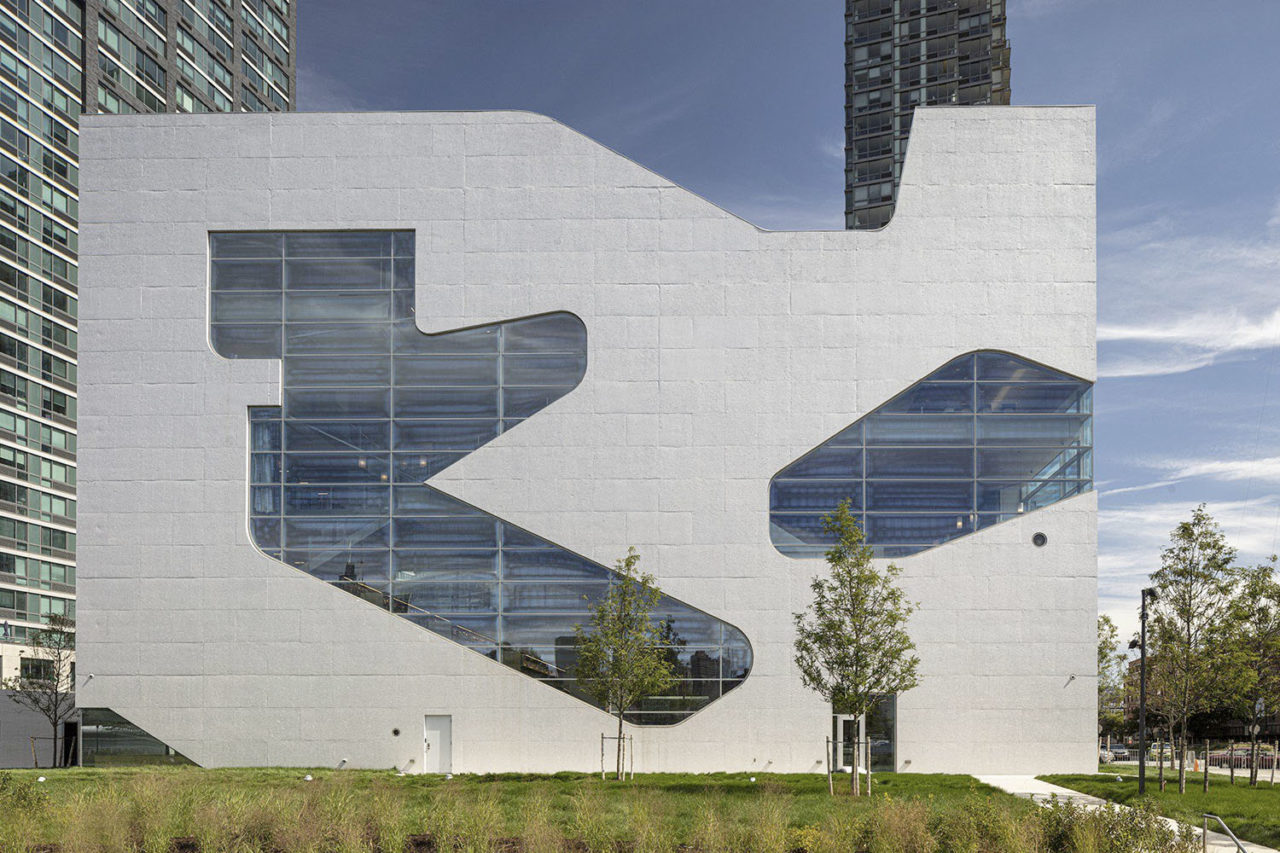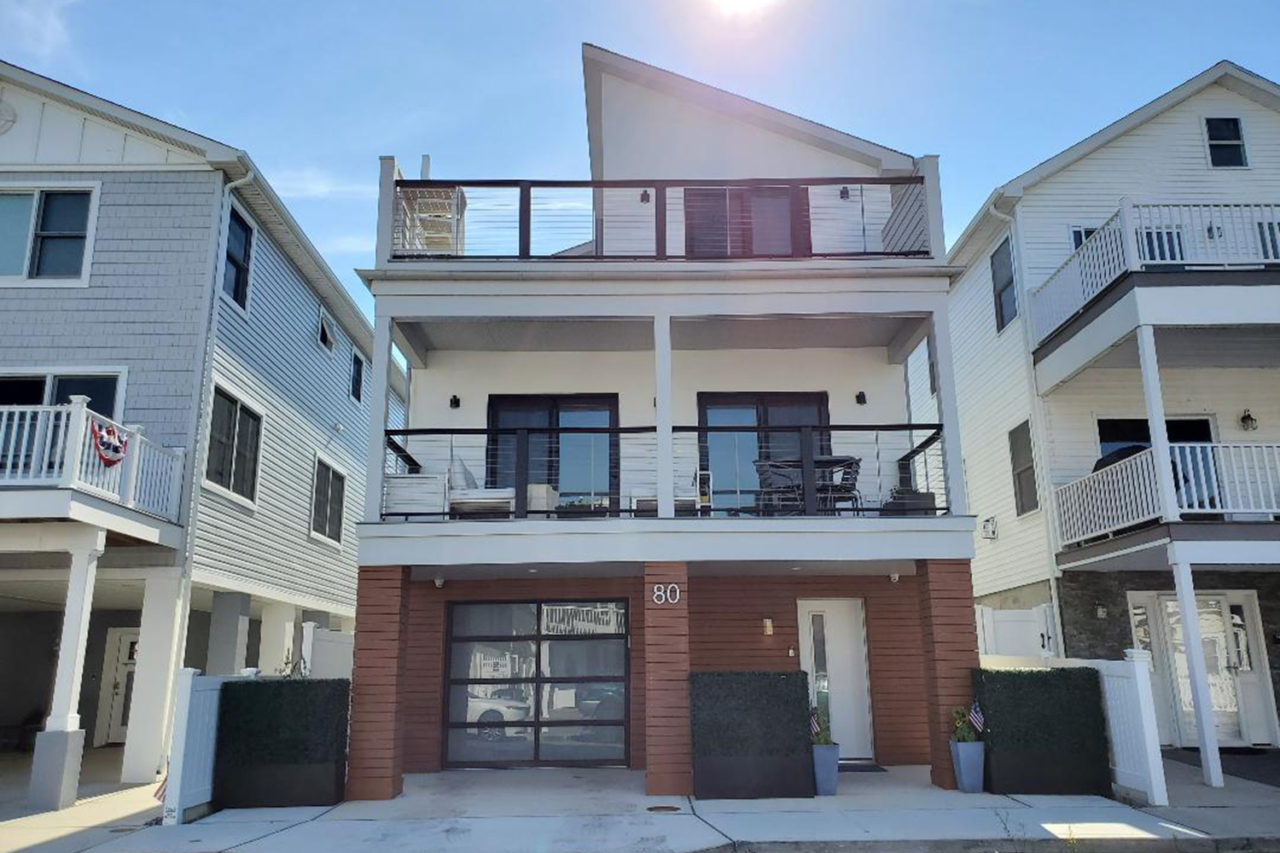by: AIA New York
As a lifelong public architect, Michael Cetera, FAIA, has improved the lives of millions of people through over 50 years of leadership in architecture, vital infrastructure, and open space in New York City. A native New Yorker and graduate of Pratt Institute School of Architecture, Cetera has contributed to a renaissance in civic architecture while serving under seven New York City Mayors as the City’s architect for a vast spectrum of projects. During his tenure, Cetera has helped to preserve New York City’s historic infrastructure and to promote new efforts to protect historical structures. As Chief Architect for the NYC Department of Environmental Protection (DEP), and as Director of Architecture for NYC Department of Design and Construction (DDC), he established formalized design excellence programs, and institutionalized the achievement-based consultant selection process. Coupled with Cetera’s peer review program and lecture series “DDC Talks,” these processes furthered the mission of promoting design excellence in government-funded projects. Cetera was also the first to implement and promote computer-aided design (CAD) technology in New York City. As a member of his Community Board, Cetera focused on social equality, environmental protection, sustainability, neighborhood pride and localism in public buildings and open spaces. He currently serves as Special Advisor to the NYC Public Design Commission, and Executive Director of Pro Bono Design Inc, a non-profit with a mission to provide public open space for communities in need, principal for Michael T. Cetera Architect PC.
This year, the Jury of Fellows of the AIA elevated Cetera to its prestigious College of Fellows in the fourth category of Fellowship, which recognizes architects who have made efforts “To advance the science and art of planning and building by advancing the standards of practice,” according to the organization’s definition. Only three percent of the AIA’s membership is distinguished with Fellowship. Zakrzewski’s distinction was celebrated at the AIA Conference on Architecture in Chicago, and in two receptions at AIA New York’s Center for Architecture.
Q: What is influencing your work the most right now?
The need for public open space, affordable housing, health, and social welfare. The recent pandemic, preceded by Hurricane Sandy, preceded by the 911 terrorist attack, and the current war in Europe, all of which have affected our need for public works to address these issues.
Q: How/why did you decide to pursue architecture?
Growing up in central Brooklyn, amid the works of Olmstead, Vaux, McKim Meade and White, and other notable designers that demonstrated the ability of architecture to change the world we live in, convinced me at an early age that I was interested in the profession of architecture. There seemed to be no better way to improve our living conditions, than the hands-on approach of architecture.
Q: What do you see as an architect’s role—and responsibility—within our culture?
Facilitators of the creation of utopia, or at the very least facilitators of the improvement of the built environment. The architect’s role is to utilize their professional knowledge and skills to benefit society. As one of my professors once stated, “Architecture is a profession, not a job.”
Q: What are your thoughts on architectural education today?
Academia should engage with the local community, and government to help create interactive curriculums that would benefit both students and their communities. Government could provide training and job opportunities to serve the public, and participation in community affairs would strengthen their ability to accomplish their goals as architects, tempered by reality.
Q: What are your greatest sources of inspiration?
The goal to serve the public good and history, and learning from the past, the present and looking optimistically towards the future. I am inspired by the realization that there are many others who share these goals and are putting their thoughts into action.
Editors’ Note: This feature is part of a series celebrating the members of the American Institute of Architects (AIA) New York Chapter who are elevated each year to the AIA College of Fellows, an honor awarded to members who have made significant contributions to both the profession and society. Learn more about Fellowship here.













